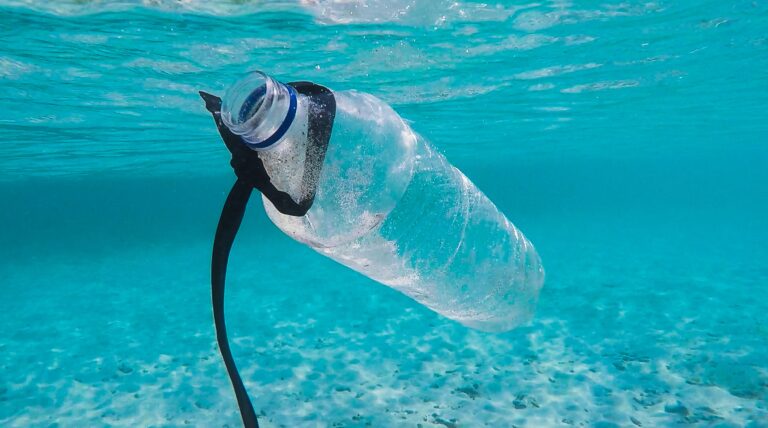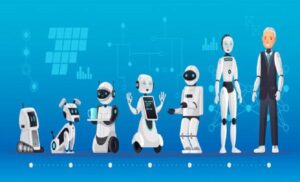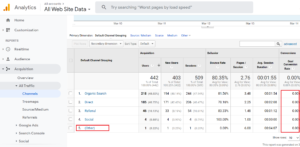Sustainability is a leading concern for businesses today, and plastic waste is one of the most prevalent issues. Artificial intelligence (AI) has emerged as a helpful tool as companies and governments search for ways to reduce and clean up pollution.
The world produces roughly 400 million tons of plastic waste annually yet recycles less than 10%. Tackling this issue will require substantial, complex changes, but AI can provide the insight and efficiency necessary to address it.
Finding Ways to Reduce Plastic Consumption
The first way that AI can reduce plastic waste is by lessening how much of this material we use in the first place. Some companies have started using AI to analyze and simulate various packaging designs to see how they could redesign them to provide the same strength with less material. Businesses that make these changes consume less plastic.
Similarly, AI can simulate how alternative materials could replace plastics in products and their packaging. Businesses can use this insight to switch to more sustainable, easily recyclable materials without long, expensive prototyping processes. Finding ideal adjustments by manual means could take months and involve multiple costly missteps, but AI can do it quickly and effectively.
“AI can simulate how alternative materials could replace plastics in products and their packaging. ”
Optimizing Plastic Supply Chains
AI can also improve supply chain operations to make them less wasteful. Predictive analytics can give a better picture of demand shifts, helping companies avoid overproduction. By tailoring production to changing demand cycles, AI can help businesses only use as much plastic as they need, generating less waste.
Some organizations aim to create a closed-loop supply chain, which involves recycling and returns to remove waste from production. Figuring out how to develop and implement these systems involves complex considerations, but AI can help.
Analytics engines can determine where companies can reuse materials or how best to run the returns process. That will make it easier for businesses to reorganize their supply chains to eliminate plastic waste.
Discovering New Disposal Methods
Alternatively, AI can find novel, environmentally friendly ways to dispose of plastics. Scientists recently used machine learning to create an enzyme that takes less than 24 hours to break PET plastics into their chemical components. Companies can form these components into new materials, preventing waste.
Traditional discovery methods are slow and resource-intensive, often involving several lab experiments. Machine learning algorithms can streamline the process by simulating how various chemicals interact. They can then reveal promising candidates far faster and more accurately than conventional research.
Similar AI-assisted research could reveal more ways to break down plastics. These discoveries could be crucial in preventing future waste and in handling current plastic pollution.
“Scientists recently used machine learning to create an enzyme that takes less than 24 hours to break PET plastics into their chemical components.”
Reducing Wasteful Errors
AI can help improve more traditional disposal methods, too. Recycling centres often rely on manual sorting processes to remove recyclable plastic from landfill-bound waste. Since repetitive work like this is often difficult or tedious for humans, mistakes are inevitable, but AI can change that.
Machine vision systems can distinguish between recyclables and waste faster and more accurately than humans. Importantly, they’ll also reach the same speed and accuracy at any moment, unlike people, who get bored and distracted. Recycling centres can then prevent mistakes that would send recyclable plastic to landfills.
Similarly, machine vision and other AI applications in production facilities can prevent errors in manufacturing. These tools will reduce material waste by making plastic production less error-prone.
Guiding Pollution Removal Efforts
In addition to reducing future waste, AI can address past mistakes. There are currently 50-75 trillion pieces of plastic floating in the world’s oceans, and removing this waste from the environment is crucial to protecting marine life. Doing so manually is inefficient and expensive, but AI can automate the process.
Machine vision can help swimming robots recognize plastic waste to collect and bring it to recycling centres. As these robotic systems work, they’ll also gather data about where plastic ends up and where it comes from. Analytics algorithms can then assess this information to inform policies and business decisions to prevent similar waste in the future.
Some companies also use machine vision-powered drones to fly over oceans and determine where the most waste is. These readings can guide more effective cleanup efforts, helping environmental organizations make the most of their time and resources.
“Machine vision can help swimming robots recognize plastic waste to collect and bring it to recycling centers. ”
AI Can Help Fight Plastic Waste on All Fronts
The plastic waste problem may be daunting, but AI is a powerful ally in the fight for the environment. This technology can improve processes and provide insight across every part of the production, use and disposal cycle, reducing and eventually eliminating waste.
Eliminating plastic waste will take considerable time and effort, but AI is making it quicker and easier. The world will become a cleaner place as more organizations implement this technology.










